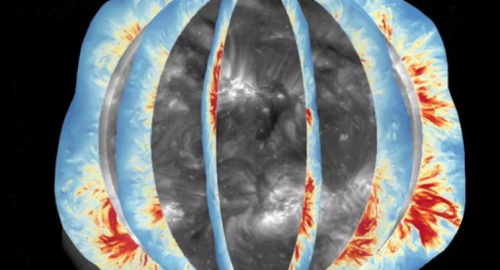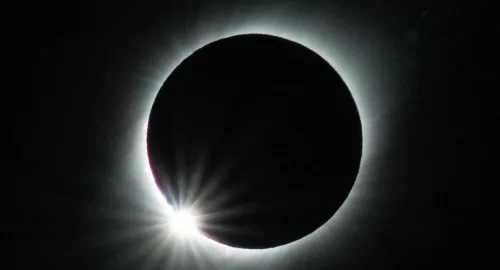
The Sun’s coronal magnetic field is finally coming into focus

- 15-10-2024, 18:24
INA - SOURCES
Solar storms are revving up, which makes a new exploration of the Sun’s activity more relevant than ever.
In new research published Thursday in the journal Science, a team measured one of the drivers of the star’s volatility every other day for 8 months in 2022. The observations are a great leg-up from the irregular measurements taken in the past.
This new information could help heliophysicists (scientists who study the Sun) peel back the curtain and better grasp the star’s mysteries as we wait for it to reach its 'activity peak' next summer.
The team focused on the Sun’s corona; the wispy halo sky gazers view during a total solar eclipse. Specifically, they studied the corona’s magnetic field. It stores energy that, when released, heats solar plasma and triggers eruptions.
If these blasts fly off in Earth’s direction, a cascade of charged particles bombards the planet’s own magnetic field, triggering a ripple effect. “The solar magnetic field is the primary driver of solar storms, which can pose threats to power grids, communication systems, and in-space technologies like GPS,” officials at the National Center for Atmospheric Research (NCAR) of the National Science Foundation wrote in a description of the new study.
NCAR postdoctoral fellow Zihao Yang led the new study. “This research is helping us fill a crucial gap in our understanding of coronal magnetic fields, which are the source of the energy for storms that can impact Earth,” Yang said in the NCAR statement.
The team decided to create a three-dimensional look at this region. “The third dimension of the magnetic field, oriented along a viewer's line of sight, is of particular importance for understanding how the corona is energized leading up to a solar eruption,” according to NCAR.
Al-Sistani: Tomorrow, the 29th of Ramadan
- Local
- 25/03/29
Al-Amiri warns of any war between Iran and the US
- politics
- 25/04/01












